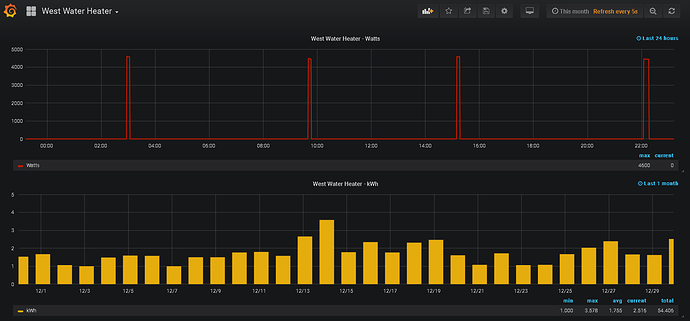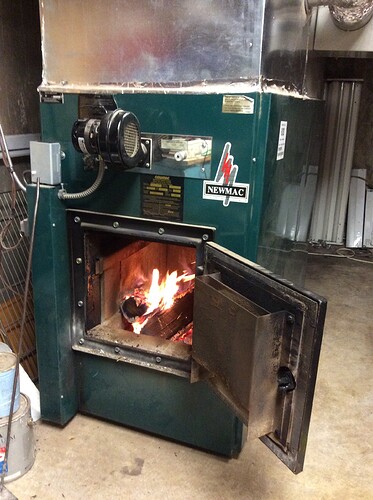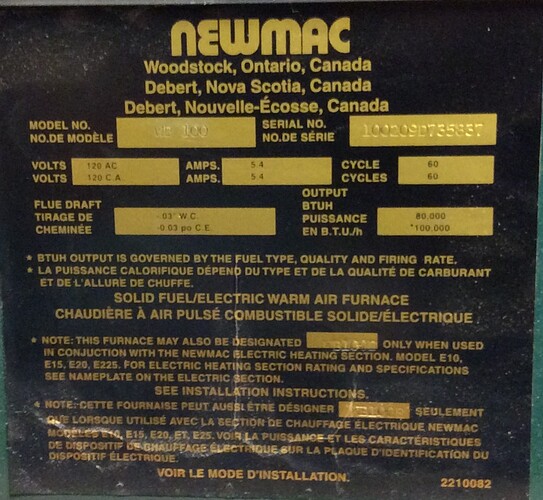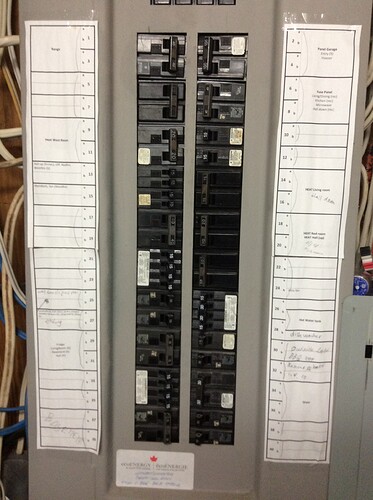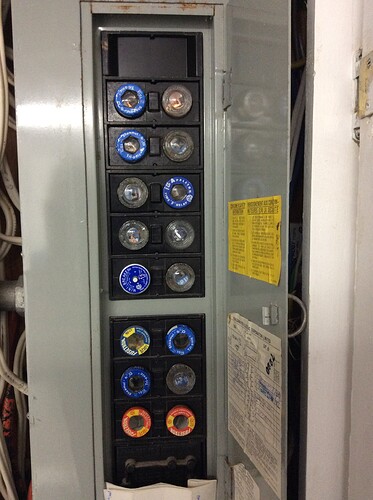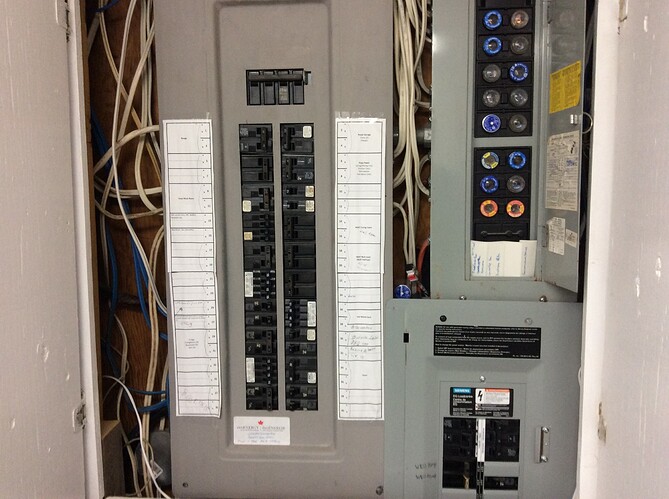Hi All,
My goal is to figure out what the big energy eaters are in my house. I grew up in The Netherlands and moved to Canada when I was 25. I have now lived in Canada more than I lived in The Netherlands so that kinda shows my age I guess.
When I was talking to my brother “back home” (NL) we started talking about energy bills. We compared bills, and his kWh usage was approximately one fifth of my kWh usage. In case that this was a fluke, I also compared with my brother-in-law: similar results. I then also compared my usage locally, and my bill is a bit larger since my home is larger, but not by a factor 4 to 6 (see below)
That led me to believe that a European kWh is different than a North America kWh 
I therefor decided to do some investigation, and based on findings want to inquire with my local electric utility.
A: brother (3759 kWh/year, 313kWh/month):
My brother lives in a regular home (row house with neighbours attached on either side). It’s just him and his wife. Home is heated by natural gas, hot water heated by gas (“geiser”/on demand) as well. Stove is natural gas
B: brother-in-law (5211 kWh/year, 434 kWh/month)
My brother lives in a regular home (row house with neighbours attached on either side). It’s just him and his wife. Home is heated by natural gas, hot water heated by gas (“geiser”/on demand) as well. Stove is electric/induction
C: me:(21669 kWh/year, 1806 kWh/month)
I live in a detached (larger home), my wife, myself and a grand daughter. Home is exclusively heated by wood furnace (electric fan blows heated air through ducts), hot water is heated electric (hot water tank/boiler). Stove is electric.
C (1806kWh/month) A (313kWh/month) B (434 kWh/month)
================= ================ =================
hot water (elec) hot water (gas) hot water (gas)
electric stove stove (gas) induction stove
heat (wood furnace) heat (gas) heat (gas)
Factor 21669/3759 = 5.8 21669/5211 = 4.2
I can understand a factor 2 -3 (120V vs. 240V), but factor 4 up to almost 6 I cannot understand.
My plan is now to apply a number of CurrentTransformers with varying Amp ratings to find out where these kWh are going. I will be using ESP32 with (18 AnalogDigital inputs, 12 bit, 0-3.3V)
- which CT’s should I get: current or voltage (xxA/1V or xxA/50mA)?
- I did some trial/error to determine calibration (using a handheld Amp meter) and ended up with 13.7 (SCT-013 15A/1V). Does that seem like a normal value? I used 10kOhm to split the 3.3V.
Background
I’m not sure whether you’re aware of a “typical” residential electric install in North America (if so skip this section).
Transformer usually has a few (1-8?) customers (depending on expected demand), single phase service drop to the house to a 200A or 400A panel, 120/240V (A and B wire plus Neutral. A-neutral: 120V, B-neutral: 120V, A-B: 240V). NL distribution mainly underground, Transformer typically feeds many services (20+ ?).
In my house I have a “main” panel and 3 “pony” (sub-) panels. The main panel (400A) can accommodate 40 “full” size breakers (120V), each breaker ranging from 15-40A. A “full” size breaker can be replaced by 2 breakers (one housing), same Amp ranges as full size to potentially have double (80) circuits. For 240V loads (clothes dryer, electric stove, etc.) a breaker is “bridged” and providing both A- and B-wire, sometimes neutral for 120V circuit. I have a 40A sub panel in the basement, another 100A subpanel in attached garage and a small 40A panel next to the main panel that has 16 “old” (screw in type) fuses.
Additionally, next to the main panel is “double-pole/double-throw” panel for external generator hookup (well water).
The house was built approx 40 years ago by an electrical contractor (commercial I think) so many hookups are not totally “up to code”…
Edit - formatted post for readability. BT - moderator
